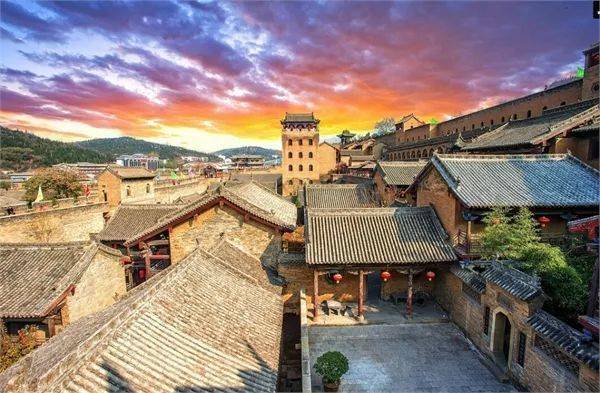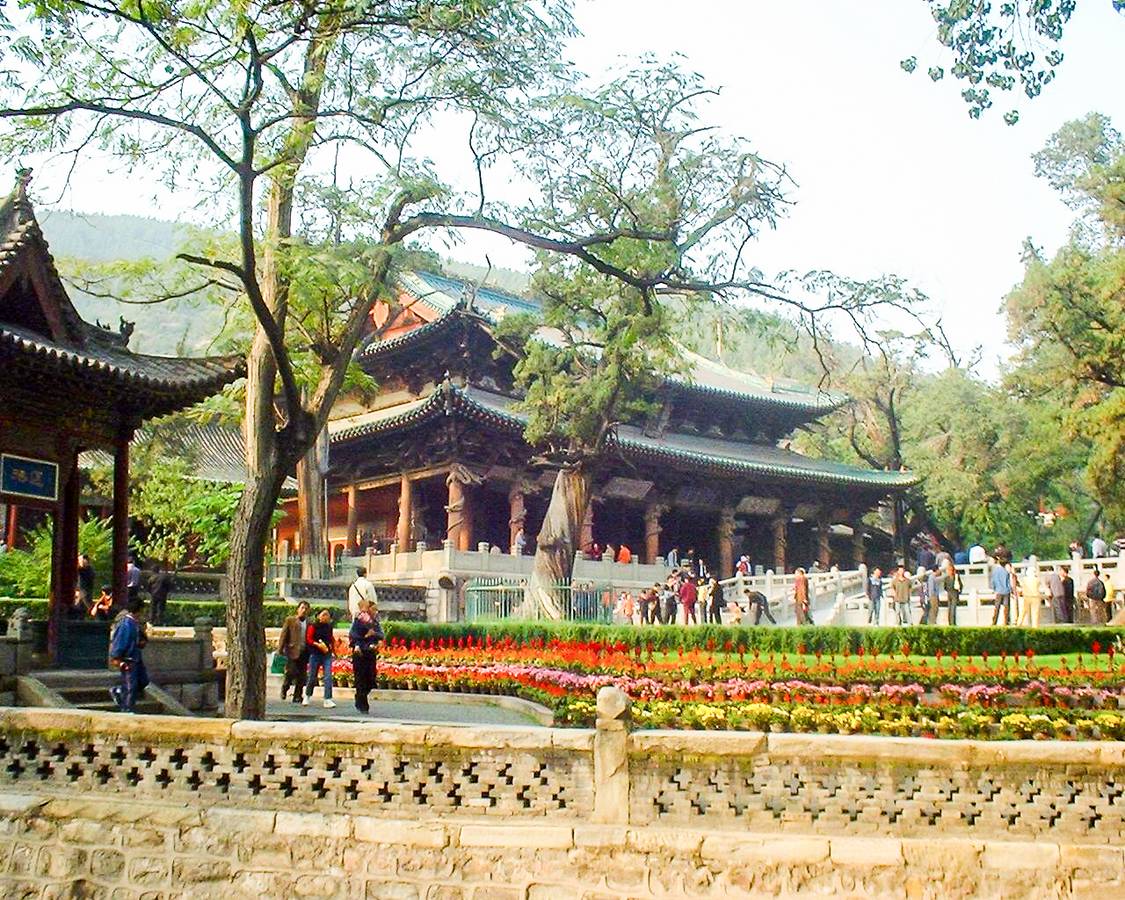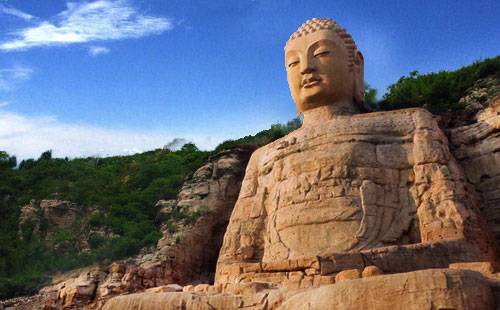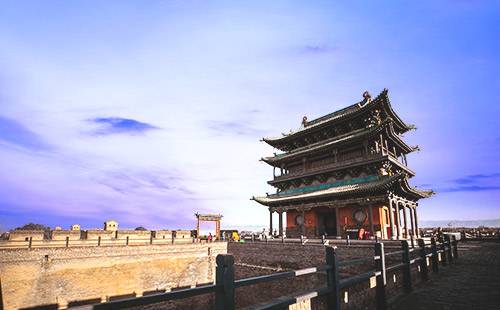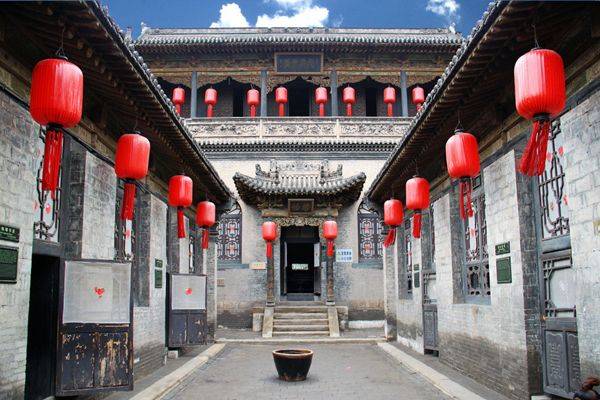Jinci Temple
Located in the southwest of Taiyuan City, Shanxi Province, Jinci Temple is a unique and precious historical and cultural heritage that integrates ancient Chinese sacrificial architecture, gardens, sculptures, murals, and stele inscriptions. It is also a magnificent and colorful chapter in the world architecture, garden, and sculpture art from the 7th to the 12th century AD. In the Sanjin region, Jinci Temple is the foremost scenic spot and the ancestral temple of Tang Shuyu, the founder of the Jin State, representing the only example of the patriarchal system of the Western Zhou Dynasty in China.
Mengshan Giant Buddha
Located 20 kilometers southwest of Taiyuan, in the village of Sidi, north of Jinci, the main peak is 1325 meters high. It is one of the old eight scenic spots of Taiyuan, known as Mengshan Xiaoyue. In the second year of Tianbao (551), Emperor Gao Yang of the Northern Qi Dynasty expanded the Dazhuangyan Temple of the Eastern Wei Dynasty into the Kaihua Temple and carved a 200-foot-high cliff Buddha, known as the Xishan Giant Buddha, which is slightly taller than the current largest Leshan Giant Buddha in the country. During the reign of Emperor Wen of the Sui Dynasty, a pavilion was newly built to shelter the Buddha. Emperor Gaozong of the Tang Dynasty and Empress Wu Zetian once visited to worship the Buddha and bestowed a kasaya to the temple.
Donghu Vinegar Garden is located at No. 26 Madaopo, between Dongshan Expressway and Beilu Road in Taiyuan City, covering an area of more than 20,000 square meters. It is the first company-operated and factory-based museum in Shanxi Province that dynamically showcases the traditional and modern production techniques and historical cultural connotations of aged vinegar. The exhibition hall and vinegar therapy center of Donghu Vinegar Garden collect various vinegar brewing tools, farming tools, and more than 700 vinegar therapy prescriptions since the Western Han Dynasty. Through the display of ancient and modern utensils, excerpts from literature, photo exhibitions, and physical product displays, it fully demonstrates the historical and cultural heritage of Shanxi aged vinegar.
Pingyao Ancient City
Pingyao Ancient City in Pingyao County, Jinzhong City, is a national historical and cultural city and a World Heritage site. Built in the early Ming Dynasty, Pingyao Ancient City has a complete layout within the city, well-preserved historical districts, and the Ming and Qing dynasties' layout of 'four main streets, eight smaller streets, and seventy-two lanes,' with over 400 ancient buildings and Ming and Qing residences scattered throughout.
Located in the beautiful and fertile Jinzhong Basin of Shanxi Province, the Qiao Family Courtyard in Jinzhong is the residence of the Qiao family's 'Middle Hall' in Qixian County. 'Middle Hall' is the third generation hall name of the renowned business capitalist Qiao Zhiyong. The Qiao Family Courtyard was first built during the Qianlong period of the Qing Dynasty and underwent several expansions and renovations during the Tongzhi and Guangxu periods of the Qing Dynasty and the early Republic of China. Despite spanning two centuries, it still maintains a harmonious architectural style.
Huangcheng Xiangfu, located in Jincheng City, is a national AAAA-level tourist attraction, a national cultural industry demonstration base, and the former residence of a prominent cultural family in northern China, known as the 'Eastern Twin City Castle' by the world. Covering an area of 36,000 square meters, it is the former residence of Chen Tingjing, a Grand Secretary of the Wen Yuan Pavilion, Minister of Personnel, and proofreader of the Kangxi Dictionary during the Qing Dynasty. Emperor Kangxi gave lectures here for 35 years. The architecture is built along the mountains and rivers, adapting to the terrain, with residential buildings densely packed together. It is a unique group of official residential buildings in the style of a castle from the Ming and Qing Dynasties.
